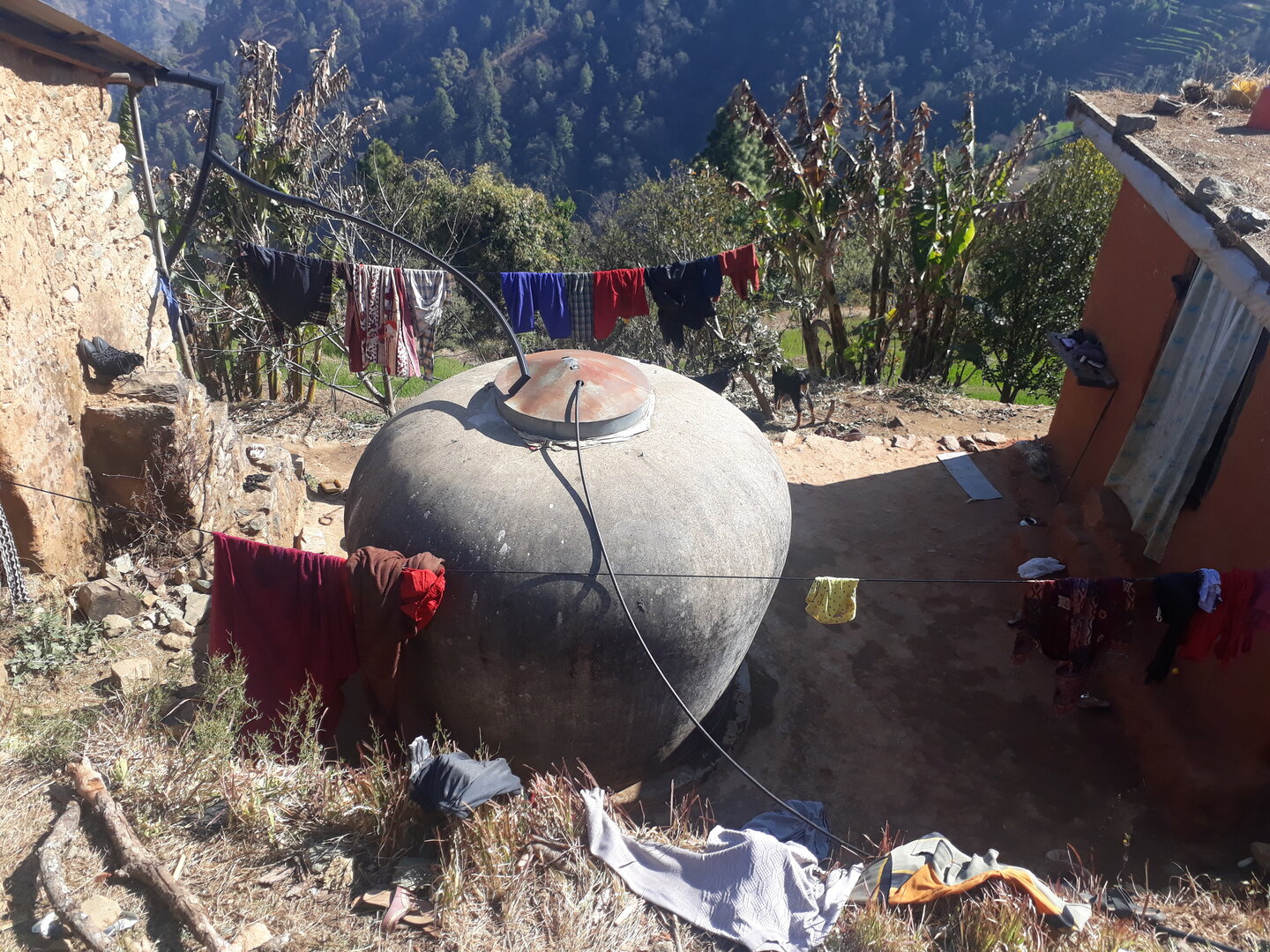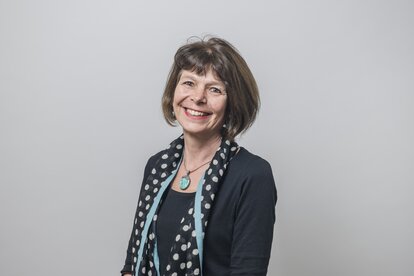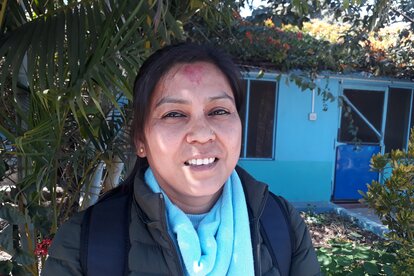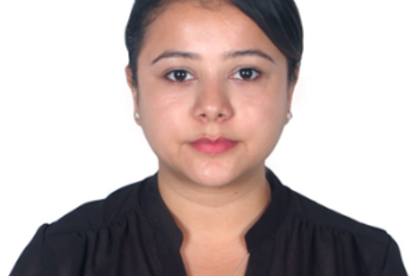“Life here is so much easier than it was. In those earlier days, we had to walk 1.5 hours to fetch water – I carried a huge jar uphill every day. We couldn’t get a good night’s sleep as we had to get up in the dark to relieve ourselves, there was no toilet then. The rainwater cistern has changed all that.”
Laxmi Shahi is laughing and joking with us after we’ve finished lunch at her small roadside restaurant in Goganpani. Our colleagues Shilpa Kunwar and Prabin Poudel know her well and have seen the changes that she is talking about. Both sometimes stayed at her house during the period that Helvetas was active in this area, working under a project named LINK. This blog is the first of two exploring the changes that have occurred over the past 20 years in what is now the rural municipality of Guranse, Karnali State.
Rainwater harvesting
The first obvious change is the paved road by which we reach Goganpani. Funded through a World Bank project, it has rendered Goganpani accessible by road from Surkhet, the State capital of Karnali, within just over one hour. One of interventions that Helvetas supported, that of vegetable cultivation, is closely linked to this road – but before that came the establishment of a reliable water supply which began in 1998. The small settlement of Goganpani lies along an exposed ridge. From February to late May, when the monsoon rains start, the nearest source of water used to be far down the hill. These days next to every house sits a large 6,000-liter cistern connected by a pipe to the roof guttering; used sparingly, the monsoon rainwater thus collected is enough to last a house for the full dry period. These cisterns were constructed through Helvetas support, in partnership with the Rain Foundation.
A piped water supply
Further down the slope from Goganpani, we visit women of different settlements that are served by a gravity-driven piped water system established by Helvetas. Each household now has a private tap stand; the days of carrying water from far away are over. More than this, the water supply brought the possibility of growing vegetables outside the rainy season. This Helvetas began to support on a small scale some 12 years ago, originally mainly for household consumption and better nutrition, although the commercial potential was always apparent. Before the road was built, vegetables for sale had to be carried 8 or more back-breaking hours to Surkhet. Now collectors come to the village to buy them. Throughout, it is the women who have remained and worked in the village; whilst some men stayed too, many left to work outside, often in India, or sometimes overseas. Some managed to send money home; others were less successful.

" In the early days of vegetable cultivation, we had to go to Surkhet to sell them. We’d always go in a group – men as well as women. We’d get up in the night, pack a few rotis (flat breads) and salt, and set off at first light. We’d return the next day, carrying all that we’d bought in return for our sales. But then we’d only get 2 rupees a kilo for potatoes, the prices were so low! We’d sweat and sweat carrying those heavy loads for so little in return!” recalled Sita Bhandari, now aged 63. "
Uterine prolapse
(Shilpa Kunwar)
There was also a price that women paid for carrying heavy loads – whether of water or vegetables. Uterine prolapse is estimated by the UNFPA to affect one in 10 women in Nepal, although the severity of the condition varies. The strain of load carrying, combined with early marriage and pregnancy, often weakens a woman’s pelvic floor muscles so that the uterus starts to slip out of place, and down the vagina. If no corrective action is taken, the uterus ends up protruding out of the vagina (stage 3) or even falling out altogether (stage 4). Poor hygiene due to lack of water and knowledge exacerbates the problem, and in the past women rarely spoke about such matters due to shame and embarrassment. In our work with women’s groups under LINK, however, they started to confide in us. In the early 2000s were taking 200 to 300 women a year with for corrective surgery at the Medical College in Kohlapur (those suffering stage 3 or 4) – not just from places relatively close by such as Goganpani, but also from Western Dailekh and Eastern Accham, where the problem was even worse. However, we also realized that uterine prolapse is a social problem that needs to be addressed as such; surgery is only appropriate in the worst cases. We therefore worked closely in women’s health matters with a local NGO partner, Women Action Empowerment Forum.
Interlinked development interventions
It is overly simplistic to write that a water supply and a road changed the lives of Goganpani’s women, although those infrastructure changes were fundamental developments on which other interventions could be built. Neither do today’s young women see their lives as simple, but they do have greater opportunities. As Sita Bhandari put it, “Uterine prolapse happened in the past because women’s lives were so hard. It’s very rare these days. Look at how many children I had – five sons and three daughters. And how hard I worked. Now look at my daughters-in-law here. Both have just two children, and neither have to carry loads like I did. Now we make money [from vegetables], and we can decide how we spend it ourselves – it’s our money. Our lives are just so different now.”




